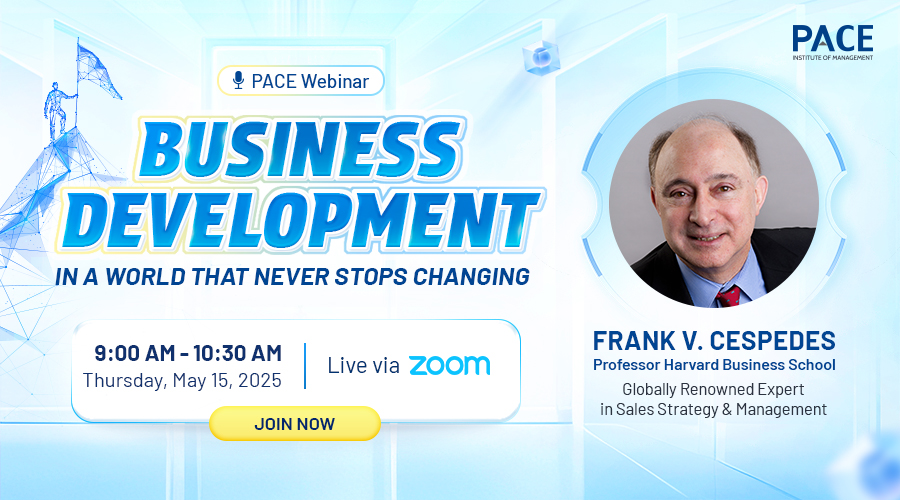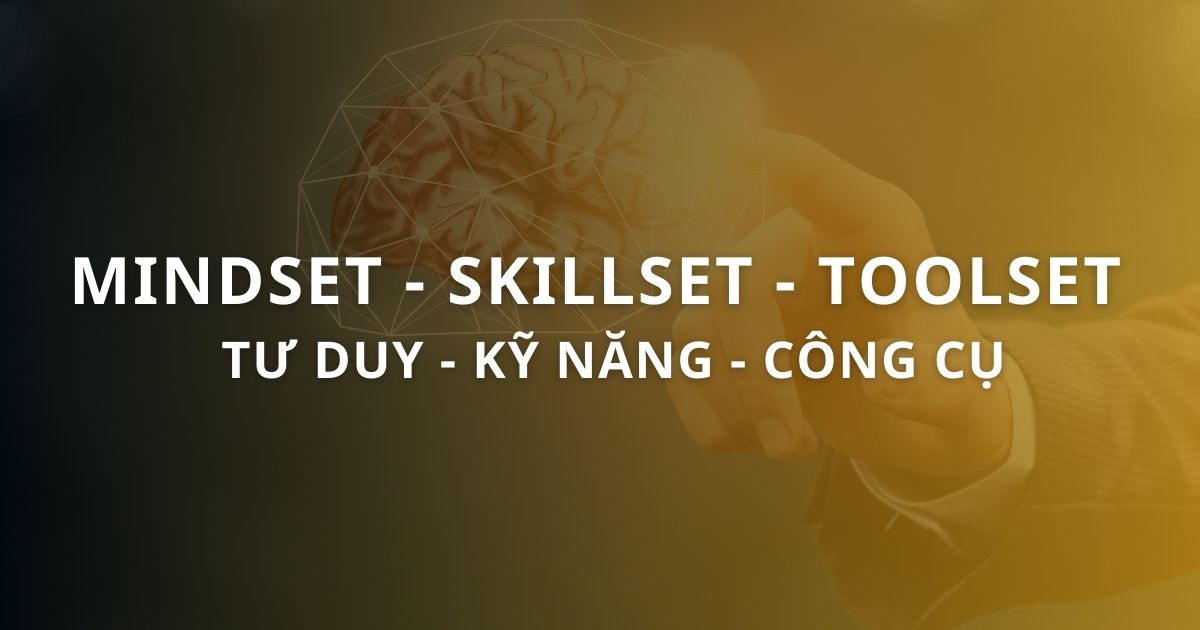Jonathan Halls is an author, trainer, and coach. He wrote Confessions of a Corporate Trainer (ATD Press, 2019), Rapid Video Development for Trainers (ATD Press, 2012) and was a contributing author to Speak More (River Grove Books, 2012) and the ATD Handbook: The Definitive Reference for Training & Development 2nd Edition (ATD Press, 2014)
The former BBC learning executive now runs workshops in media, communication, leadership, and creativity. He is on faculty at George Washington University and facilitates ATD’s Master Trainer Program™, Training Certificate and Rapid Video for Learning Professionals Certificate program. Jonathan has been training, speaking, and coaching for 25 years in more than 20 countries. He describes his work as “at the intersection of media, communication, learning, leadership, and innovation.”
A lot of people ask me to describe what makes a master trainer. Are they better presenters? Do they use PowerPoint slides or flipcharts in some magical way? Or is it how they prepare? There’s a lot we could talk about. But if I were to start somewhere, I’d say a master trainer is someone who intuitively practices a learner-centered approach to learning.
Philosophically, being learner-centered means you trust the learner to learn. Practically, it means the learning does not take place at the front of the classroom. I know learner-centered is a somewhat hackneyed expression. I guess it’s because we’re often told a class is learner centered when only elements of it truly are. Being truly learner-centered takes years of practice, experience, and reflection, and the master trainer needs to feel comfortable being in a position to trust the learning to the learner.

A master trainer is someone who intuitively practices a learner-centered approach to learning
Some people are cynical about the notion of learner-centered instruction. I’ve heard some say it’s a cop out so the trainer can be lazy. Others tell me they don’t like letting go of control, while others prefer to trust their expertise in delivering content. Let me assure you, being learner-centered is not a cop out. Nor is it easy.
Learner-centered trainers don’t just waltz in and deliver content. They set up discussions and exercises for learners to practice skills and explore concepts. And they watch and listen to them, adjusting the instruction to make the most of the time she has with them.
Much of what we know about learner-centered learning comes from thought leaders like Malcolm Knowles and Carl Rogers. Knowles talked about the intrinsic motivation for adults when they learn. He suggested that interactive experiences in a collaborative context where learners can direct their own learning was important. Rogers boldly questioned the idea of a teacher-centered approach when he said, “I can’t teach you anything, but I can help you learn.” I find this statement incredibly powerful.
Where Does Learning Happen?
Knowles and Rogers understood that learning does not take place in front of a classroom of learners, but within the minds of each learner. Learners are the ones who do the heavy lifting. Put in today’s context, it’s not about how good your PowerPoint slides are. It’s whether the learner processes the information. Learner-centered techniques are about encouraging cognition.
A lot of trainers approach training as if the learning happens out front. They focus much of their energy on presentation skills, slide decks, how time is managed, and getting through the content. They use phrases like “topics I’ll cover,” “control the classroom,” or, “I’m giving this presentation.” They often refer to participants as “the audience.” And they judge the success of a training session by how closely they follow their session plan.
But the master trainer is less concerned about following the session plan religiously than he is about making sure the learning objectives are achieved. He’s less concerned about delivering a great presentation than making sure learners have everything they need to learn skills they can use back on the job, whether they be cognitive, psychomotor, or affective.
Bottom line: Many trainers present training; master trainers facilitate learning.
Master Trainers Use Traditional Skills to Go Deeper
Yes, master trainers are good presenters, but they don’t use their skills to present. They use them to lead discussions and ask questions that encourage participants to think deeply.
They’re masters of developing rapport with learners, but they use these skills to help learners develop rapport with one another as well, to create a collaborative community of learning. And rather than just deliver knowledge content, they help learners draw on existing experiences to build new knowledge that they can use back on the job.
Many trainers talk about what they’ll cover in a class. Master trainers discuss skills the learners will be able to use after the class and how they are related to the learner’s job and the needs of the business. In some ways the difference a master trainer brings is subtle. But in many ways that difference is powerful.
Learning Is Physiological
Knowles and Rogers were right about learning taking place within the mind of the learner. It is here the master trainer focuses her attention. She wants to know that the learner is actively engaging the working and long-term memory. Learning is a physiological process in which the brain fires neurons.
It’s hard work, and often not supported by good presentations alone. Techniques such as rehearsal and reflection are much more effective. Rehearsal includes activities like games, exercises, role plays, simulations, and other active techniques that require learners to apply their new knowledge. Reflection includes activities like discussions, questions, observations, and techniques requiring learners to analyze a situation.
Becoming a Master Trainer
I’ve been facilitating ATD’s Master Trainer Program now for about four years. I’ve been teaching learning theory since the late 1990s. And I’ve managed complex corporate learning functions. These experiences have given me a front row seat to be inspired by thousands of trainers who have become master trainers.
What I have learned from them becoming master trainers is not that they merely adopt a set of training techniques. They actually come to trust the learner to learn. So when trainers ask me if becoming a master trainer is about doing better PowerPoint slides or using flipcharts in magical ways, I suggest it’s about trusting the learner and using techniques that inherently trust the learner to do the learning.
What does this look like?
It could be asking more questions and listening to their answers, rather than merely delivering content and telling the answers. It could look like creating more opportunities for learners to draw on their own experiences, rather than sharing only the trainer’s stories, and using questions to redirect and help them construct good practices as they learn new skills. It could be using more exercises that provide concrete opportunities to reflect and discuss things like soft skills.
What’s more, it’s about creating an environment where learners are comfortable doing the learning together. None of this is easy, but it leads to learning.
Source: td.org









.jpg)
.jpg)
